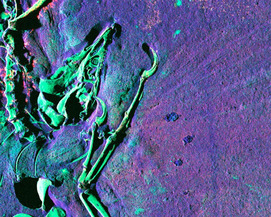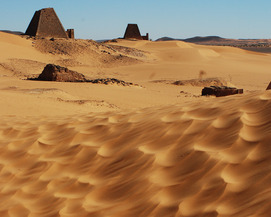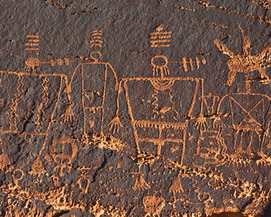Advanced Synchrotron Characterization of Paleontological Specimens
Characterizing fossils and quantifying paleoenvironmental proxies at a detailed scale is a significant challenge. Three-dimensional tomographic reconstructions are becoming increasingly common, and new imaging approaches, such as synchrotron-based fast X-ray scanning and full-field multispectral imaging, now provide the means to (1) describe fossil morphology at a very fine scale, (2) decipher long-term alteration processes, and (3) better identify conservation requirements.
Advanced Synchrotron Characterization of Paleontological Specimens Read More »







